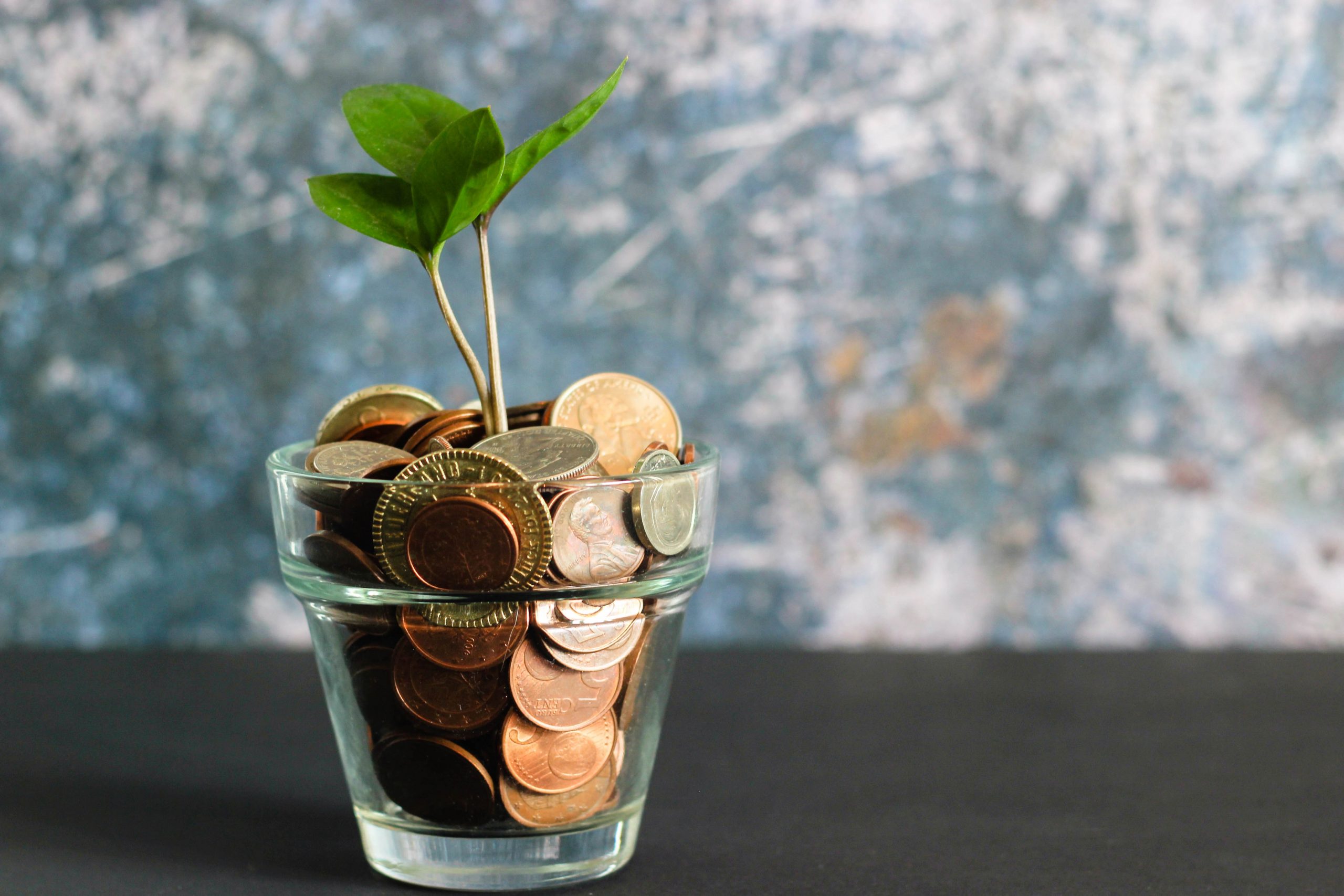According to a recent study by the Federal Reserve, approximately 40% of Americans do not have $400 set aside for a financial emergency. This is one reason why so many people are facing significant financial peril from the recent lockdown.
One of the cornerstones of being financially stable is having 3 to 6 months of living expenses in a savings account. Living expenses are defined as essential payments each month like rent or mortgage, utility bills, car payments, food, or insurance for your health, home, or auto. Eating out, hobbies, or entertainment are not considered essentials.
So, if you review your necessary expenses and find that you spend $3,000 per month on essentials, then you should have at least $9,000, and up to $18,000 saved in an account that can be accessed without fees and stable in value. This “rainy day” money provides a cushion between you and worry when the financial going gets tough.
But how do you save $9,000 or $900 or even $90 if you have difficulties making ends meet in the first place? The answer is simple but not necessarily easy, and as with most financial building blocks, the key is in small but consistent steps. First, if you don’t have a savings account earmarked specifically for emergencies, consider opening a separate savings account. Then start by saving an amount that you won’t miss at first. After all, $25 per month becomes $300 in a year and $83.33 saved monthly becomes $1,000 in 12 months. Whatever amount you can afford, just start saving to make it a positive habit in your financial life. Finally, consider putting the savings on autopilot by using your bank’s auto-draft features (if available), so that you remain consistent and focused.
If you use these trying times to make positive changes, before you know it, you’ll accumulate the needed funds for the next challenges in life and position yourself for a more positive financial future.


